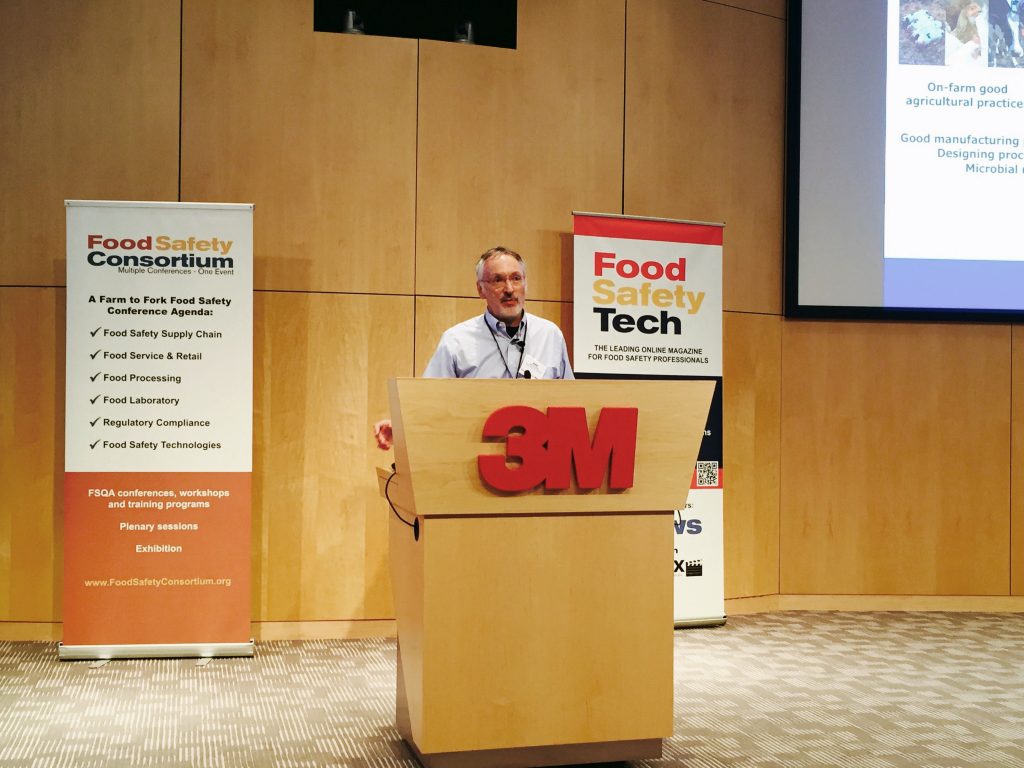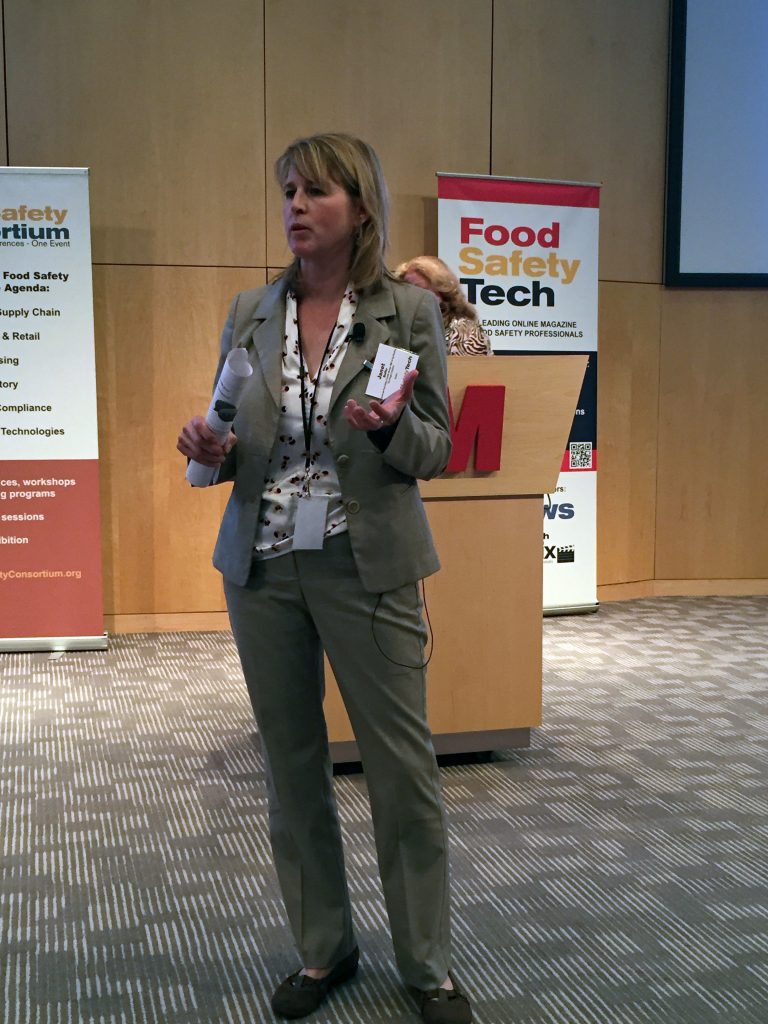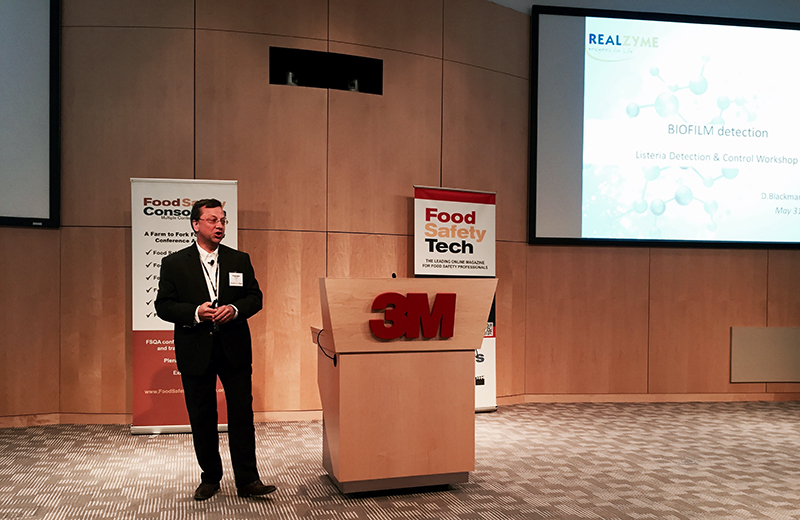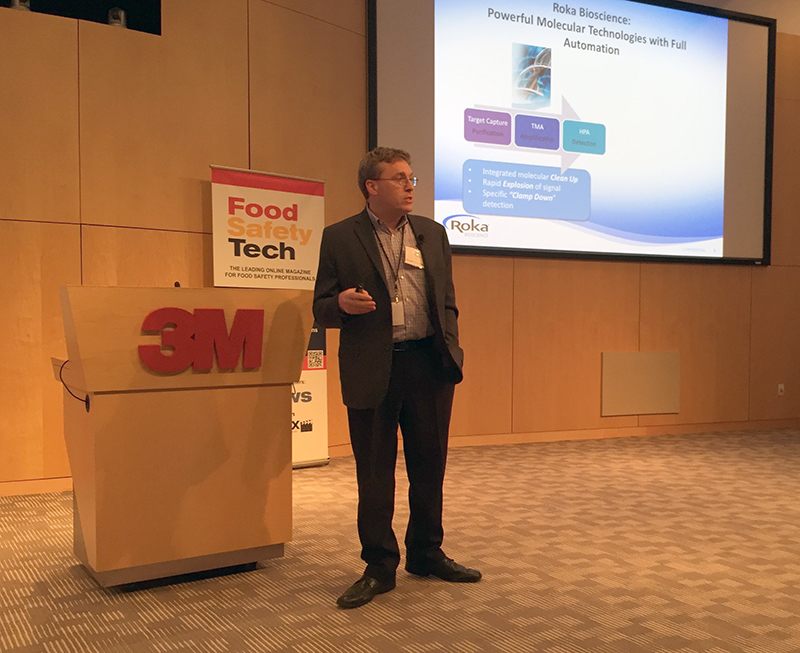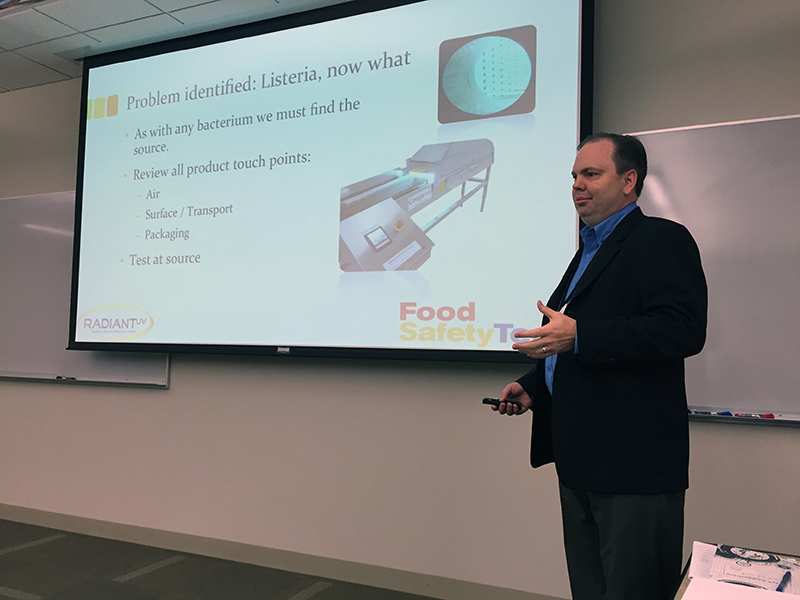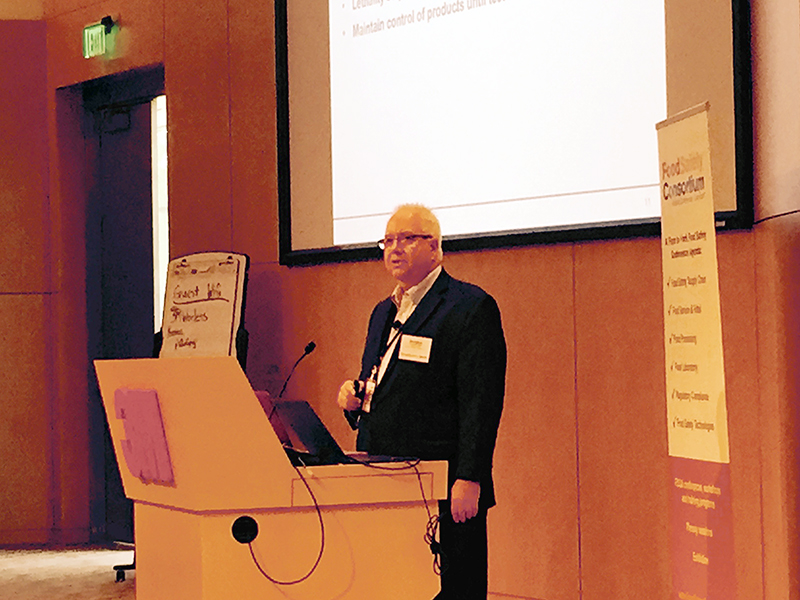FSMA is fostering a surge in technology solutions, analytical tools and training products marketed to the food industry in the name of achieving FSMA compliance. And while many of these products were available pre-FSMA (especially in other industries like the life sciences), FSMA’s momentum has fueled the adaptation of solutions to meet the specific needs of the food industry for achieving and maintaining regulatory compliance. This article is a summary of emerging trends in food safety management by producers, manufacturers, distributors and retailers through the application of technology, educational tools, monitoring and detection systems, and other support mechanisms.
Want to learn more about FSMA trends and compliance? Attend the 2016 Food Safety Consortium in Schaumburg, IL | December 7–8 | LEARN MOREWhether by the spark of FSMA or because it makes practical sense (and most likely, a bit of both), businesses are integrating their food safety programs with enterprise initiatives and systems for managing compliance and risk to achieve increased visibility and harmonization across the organization. The most popular trends fueled by FSMA largely reflect technology solutions to achieve this integration.
Subsequently, solutions that support risk assessment, supply chain management, real-time monitoring, corrective action, self-assessment, traceability, and training management are most attractive and lucrative from an ROI perspective. And while it may be hard to find a one-size-fits-all technology solution depending upon the needs of the organization, technology service providers are quickly raising the bar to meet these growing needs as organizations strive to reduce risk and increase compliance. Other top trends at the periphery of technology solutions include the mobilization of food safety personnel and increased availability of on-demand training and detection tools to bring the FSMA movement full circle.
1. Software-as-a-service (SaaS) technology solutions quickly gained a following in the food industry in recent years to achieve an automated food safety and quality management system (FSQMS) solution.
The substantial management components and recordkeeping requirements of the FSMA rules has accelerated the food industry’s need for automated solutions to document program management, queue workflows and distribute notifications for corrective and preventive action (CAPA). Understanding this need, many SaaS providers evolved with FSMA to provide functionality that dovetails with new regulatory requirements.
2. Increased availability of risk and vulnerability assessment tools is of significant importance in meeting many requirements of FSMA’s rules.
The regulatory language of all FSMA rules is steeped in risk analysis to support the prevention of food safety hazards and threats. This creates a demand for user-friendly tools and training courses to help food businesses analyze and update their management systems within the context of these new requirements. Risk and vulnerability assessment tools currently available to the food industry are diverse in functionality and vary in scope and cost.
For example, FDA’s free online tool, FDA-iRISK 2.0, assesses chemical and microbiological hazards in foods through process models, which quantify risk across scenarios and predict the effectiveness of control strategies. Commercially available food hazard assessment tools based on HACCP/ HARPC principles include Safefood 360° and EtQ, which provide risk assessment modules as a part of their SaaS platform.
Universities, trade associations, and commercial risk management and consulting firms came together to produce two very different food fraud vulnerability tools to support the industry. SSAFE by the University of Wageningen RIKILT, Vrije Universiteit Amsterdam and PricewaterhouseCoopers (PwC) is a free online tool and mobile app, which guides users through a decision tree and assessment questionnaire to determine fraud opportunities, motivators and gaps in existing controls. EMAlert by the Grocery Manufacturers Association (GMA) and Battelle is a subscription-based online tool to assess vulnerability from economically motivated adulterants (EMA’s). Individuals conducting vulnerability assessments are recommended to periodically access food risk databases such as the U.S. Pharmacopeial Convention’s (USP) food fraud database to stay informed of historical and emerging threats to the supply chain.
And in support of FSMA’s Food Defense rule, the FDA developed a free food defense software tool, Food Defense Plan Builder (FDPB), to help food businesses identify vulnerability to intentional adulterants and terrorist attacks on the food supply chain.
3. SaaS platforms, app-friendly assessment tools and FSMA recordkeeping requirements are creating a natural pathway for the increased use of mobile devices and electronic recordkeeping and verification.
From supply chain management to effective traceability to regulatory compliance, efficient document management and on-demand data retrieval is a must have of the modern FSQMS. Food businesses recognize the inherent obstacles of paper-based systems and increasingly trend towards rugged mobile devices and electronic recordkeeping to make better use of personnel resources, technology solutions and data. FSMA is helping leverage this trend two-fold through increased requirements for documentation and verification of food safety management activities and by not requiring electronic records to additionally meet the provisions of 21 CFR part 11 (electronic recordkeeping).
4. An increased demand for more effective, frequent and accessible training must be met across an organization to maintain an adequately trained workforce responsible for implementing FSMA.
To keep up with this demand—as well as the training demand imparted by GFSI schemes and fact that a company’s FSQMS is only as good as those who develop and operate it—food businesses are turning to online and blended learning courses to increase training frequency and effectiveness. In Campden BRI’s 2016 Global Food Safety Training Survey, 70% of food processors and manufacturers responded that they received training deficiencies during audits as the result of a lack of refresher training and/or lack of employee understanding.
In an effort to help close this gap and meet new implementation requirements of FSMA, food safety training providers are increasing offerings of eLearning courses, which provide targeted content in shorter duration to meet users’ needs in an interactive (and often multilingual) format. Shorter and more frequent targeted training is proven to increase knowledge retention and job performance. E-Learning training solutions can be found through dedicated training service providers as well as universities, trade associations, regulatory agencies, scheme owners, certification bodies, and other compliance organizations.
Depending upon the training provider, online training may be distributed through a learning management system (LMS) to provide additional training tools, assess training effectiveness and manage the training activities and competencies of all participants.
5. Targeted monitoring and verification activities such as product testing, environmental monitoring or water quality testing are helping to increase the demand for pathogen testing and push the frontier of improved rapid pathogen detection methods.
In a recent Food Safety Tech article, Strategic Consulting, Inc. noted more than a 13% annual increase in pathogen testing by contract food laboratories as determined by a recent industry study conducted by the group. The study additionally identified turn-around-time as the second most important factor for suppliers when choosing a contract lab. Increased access to rapid pathogen testing—and in particular, detection without time-dependent cultural enrichment—are primary needs of food businesses as regulators and customers push for enhanced monitoring and verification via testing mechanisms.
Currently, there are numerous rapid methods based on DNA, immunological or biosensor techniques. These methods can detect foodborne pathogens in relatively short amounts of time ranging from a few minutes to a few hours. But they often require pre-processing strategies to reduce matrix interference or concentrate pathogens to meet the level of detection (LOD) of the assay.1 These strategies increase the overall time of the assay and are largely the next hurdle for improved rapid detection.
6. Food businesses are experiencing a wave of self-assessment followed by CAPA as organizations work to analyze and update their food safety systems and protocols within the context of applicable FSMA rules.
This trend has the potential to be the most beneficial to the supply chain and consumers as it provides a distinct opportunity for food businesses to reconsider previously overlooked hazards and vulnerabilities and upgrade food safety controls along with the management system. Seeing the FSQMS with fresh eyes—outside of the framework of a familiar standard—can lead to significant improvements in food safety management, product safety and quality, and even operational efficiency.
7. For many food businesses, heightened regulation has spurned the need for dedicated staff to support compliance efforts.
Many food businesses are subject to multiple rules—some of which require a dedicated individual such as the Preventive Controls Qualified Individual (PCQI) to assume responsibility for the implementation of various provisions. And food businesses are not exempt from the acute need for qualified individuals with a food safety skill set. Across the industry, from service providers to retailers and everyone in between or at the fringe, executives understand that it takes tireless leadership and knowledgeable staff to produce safe food.
8. More than any other trend, communication on FSMA, food safety and related topics is easily the most prevalent exhibiting exponential activity over the past five years.
Whether in support or contention with the proposed (now final) rules, FSMA promulgates constant dialogue about food safety, what it means and how it should be implemented. The constant flurry of communication provides both benefits and deterrents to understanding the new regulations and identifying effective solutions for compliance. This dichotomy creates a significant need for authoritative and easy-to-understand information from consolidated sources within the industry such as trade associations, risk management organizations and food safety schemes. The divide has also helped fuel the need for information hubs like the Global Food Safety Resource (GFSR) that aggregate critical regulatory information, food safety solutions and best practices to reach a global community.
Reference
- Wang, Y. and Salazar, J.K. Culture-Independent Rapid Detection Methods for Bacterial Pathogens and Toxins in Food Matrices. Comprehensive Reviews in Food Science and Food Safety. 2016; 15(1): 183-205.







